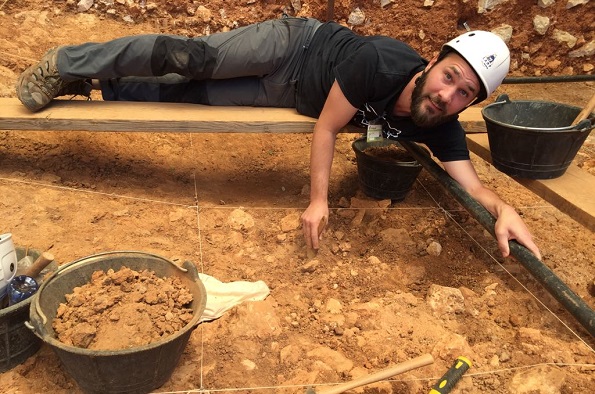
Body modification practices in the Late Pleistocene
Add this event to my calendar
Click on "Create a calendar file" and your browser will download a .ics file for this event.
Microsoft Outlook: Download the file, double-click it to open it in Outlook, then click on "Save & Close" to save it to your calendar. If that doesn't work go into Outlook, click on the File tab, then on Open & Export, then Open Calendar. Select your .ics file then click on "Save & Close".
Google Calendar: download the file, then go into your calendar. On the left where it says "Other calendars" click on the arrow icon and then click on Import calendar. Click on Browse and select the .ics file, then click on Import.
Apple Calendar: The file may open automatically with an option to save it to your calendar. If not, download the file, then you can either drag it to Calendar or import the file by going to File >Import > Import and choosing the .ics file.
Affiliation: University of Coimbra, Portugal
Abstract: Bioarchaeological approaches to body modification in Pleistocene human remains can provide important insights into human social identities in the deep past. Intentional body modification—such as tooth ablation, facial piercing, and cranial modification—are increasingly augmenting data on individual and group level social identities of Pleistocene peoples that have until now been studied primarily through analyses of mortuary and material culture variability. Two recent case studies—Olduvai (Oldupai) Hominid 1 from Tanzania and Ohalo II H2 from Southwest Asia—highlight the importance of renewed investigations into intentional body modification in Late Pleistocene contexts. Oldupai Hominid 1 highlights the likely use of facial piercings—a form of body modification previously unknown in Late Pleistocene/Early Holocene contexts from East Africa. Likewise, the differential diagnosis of Ohalo II H2 antemortem tooth loss is suggestive of the intentional removal of a maxillary central incisor. Thus, Ohalo II H2 may represents the earliest case of intentional incisor ablation in Southwest Asia—a widespread cultural practice in Iberomaurusian and Natufian contexts. These studies highlight the potential of using embodied markers of human social identities to understand human population dynamics and lived experiences of Pleistocene peoples.
Zoom registration: contact liverpoolevoanth@gmail.com for link
